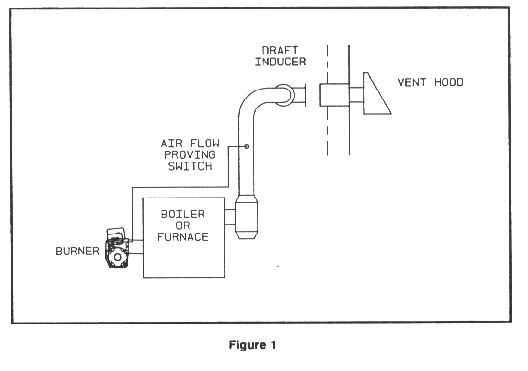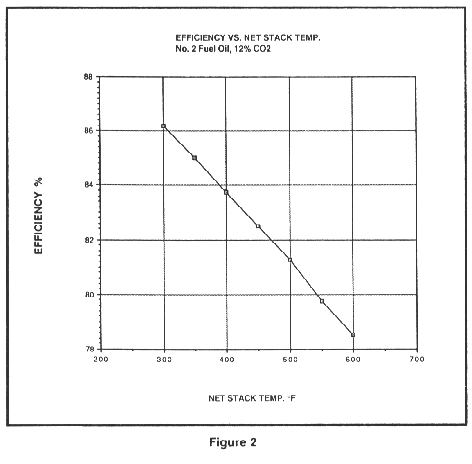×

Regional Sales Manager Request
Please fill out the form below to contact Beckett directly and we’ll get back to you within 24 hours.
Direct venting systems eliminate the need for a chimney. An induced draft fan typically provides the draft required to exhaust the combustion products through a side wall. This system normally requires an air-flow proving switch to confirm that the required draft is present before combustion begins. Discharge fittings are designed to pass through combustible walls and minimize the effects of wind on the venting of the combustion products. Burner, appliance, vent system and controls must be considered as a system, not just independent parts pieced together. (See Figure 1.)

The first benefit of a direct venting system is that it eliminates the need for a chimney. This can result in substantial savings, $500-$1500, depending on size and cost in new home construction. There is also the opportunity to retrofit chimneyless (i.e., electrically heated) homes.
The second benefit is the potential for increased efficiency. To explain, condensation of acids in the flue gases occurs when the flue gas temperature drops to about 200°F. The minimum recommended gross stack temperature at the breeching is usually 500°F-550°F with conventional appliances, so that as the flue gases are cooled in the chimney, the flue gas temperature does not fall below the acid dew point.
In the direct vented system, flue gases are not cooled in a chimney. Heat that is typically lost in the chimney can be extracted in the heating appliance, dropping the gross stack temperature to 300°F-350°F. This raises the steady-state efficiency. (See Figure 2.)

Acid will not condense in the short through-the-wall duct; water vapor won’t either. Keep in mind that water vapor in the flue gas will condense if flue gas temperatures drop below about 120°F. Make sure, however, that you operate at the 300°F-350°F gross stack temperature with direct power venting only when the manufacturer has designed or approved his furnace or boiler for this arrangement. However, the advantage of chimneyless construction and the reduction of exhaust gases to a safe 200°F-300°F range without a special high efficiency appliance can often be accomplished by dilution of the flue gases via a barometric damper upstream of the induced draft fan.
Safety concerns are of primary importance with any heating system and should be with direct vented applications. As previously stated, air flow proving switches are typically used to ensure proper draft from the induced draft fan. Temperature sensing switches can be utilized as back-up protection for a blocked vent condition. Through-the-wall fittings must be designed for walls constructed of combustible materials. The sidewall presence of flue products at 200°F-300°F must be considered.
Reliable operation is a second concern. Wind direction and velocity can have a great impact on a side wall exhaust vent and must be considered both in system design and in installation. A closed air system with outside intake on the same wall as the exhaust vent will tend to reduce this problem. Clean burner operation is critical to avoid fume and staining problems. Corrosion due to stack temperatures being too low (and resultant condensing) must be prevented.
There are also local building code requirements that restrict the installation of direct vent systems. Industry progress is being made in this area, but check local/state building code requirements before planning a direct vented installation.
Direct venting has many benefits. Cost and higher efficiencies are two major benefits. The installer, however, must be knowledgeable. Safety, reliable operation and building codes must be considered when installing a system.
Informative and technical training resources from the leading experts in the heating industry
Have questions about our products? Looking for a solution to address a particular application? Looking to improve the overall productivity and profitability of your operation? Please don’t hesitate to reach out or schedule a no obligation, 1-on-1 consultation with a Beckett Technical Specialist — we’d love to help.
Beckett solutions are available through our network of Distributors, Independent Representatives, and Export Representatives all around the world.